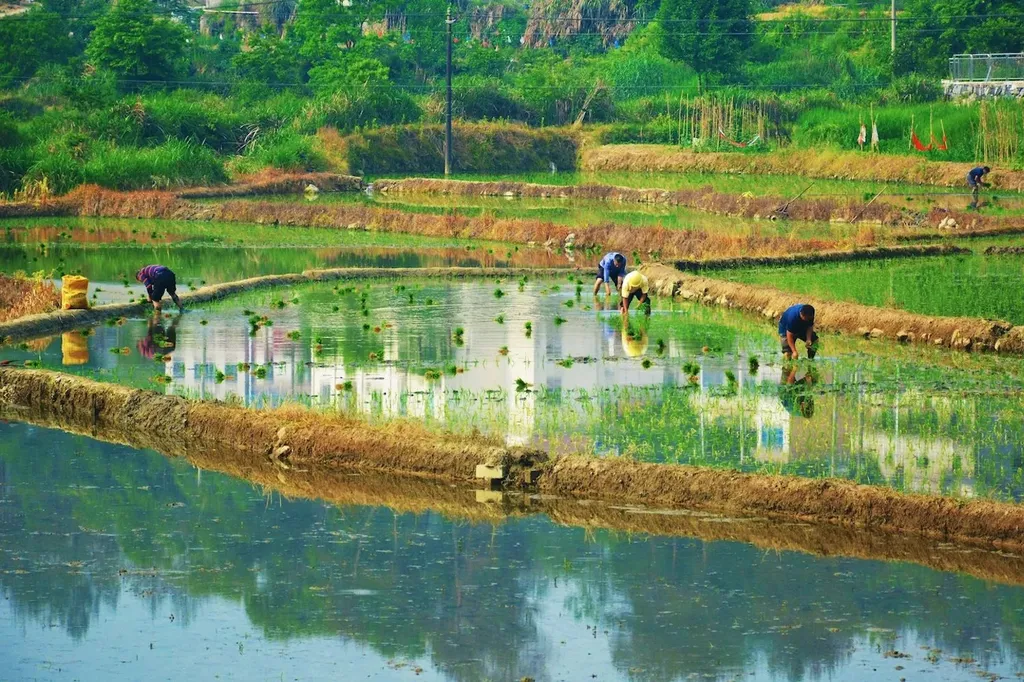In the heart of China’s agricultural research, a groundbreaking study led by Xia Zhu from the State Key Laboratory of Soil and Sustainable Agriculture at the Chinese Academy of Sciences is paving the way for innovative solutions to a global problem: arsenic contamination in paddy soils. This issue, which threatens both rice production and food safety, has found a potential ally in the form of genetically engineered rice, designed to hyperaccumulate arsenic and aid in soil remediation.
The study, published in the journal *Eco-Environment & Health* (translated as *Ecological Environment & Health*), introduces a novel approach to phytoremediation—the use of plants to remove pollutants from the environment. By introducing the PvACR3 gene from the arsenic hyperaccumulator fern Pteris vittata into rice, under the control of a root-specific promoter, the research team has created what they term “remediation rice.” This transgenic rice not only accumulates high levels of arsenic but also maintains robust growth and tolerance to the toxin.
“Our remediation rice strains exhibited remarkable arsenic accumulation, with shoot concentrations reaching up to 557 mg/kg in hydroponic experiments and 80.3 mg/kg in pot experiments with contaminated paddy soils,” Zhu explains. This is a significant leap from the arsenic levels found in wild-type rice, demonstrating the potential of this approach for large-scale soil decontamination.
The implications for the agricultural and energy sectors are substantial. Arsenic contamination in paddy soils is a widespread issue, particularly in regions reliant on rice cultivation. The development of remediation rice could provide a cost-effective and environmentally friendly solution to this problem, enhancing both soil health and crop safety. Moreover, the technology could be adapted for use in other crops, expanding its impact across various agricultural landscapes.
The study also highlights the importance of timing in the remediation process. By harvesting the rice shoots before grain filling, the researchers were able to nearly deplete the soil pore water arsenic and significantly reduce the acid-soluble and reducible fractions of arsenic. This strategic approach ensures that the remediation process does not compromise the quality of the rice grains, making it a viable option for commercial application.
Looking ahead, this research opens up new avenues for the development of genetically engineered crops designed for environmental remediation. The success of remediation rice could inspire similar projects targeting other pollutants, contributing to a broader effort to clean up contaminated lands and improve agricultural sustainability.
As the world grapples with the challenges of environmental pollution and food security, innovations like remediation rice offer a glimmer of hope. By harnessing the power of genetic engineering, researchers are not only addressing immediate concerns but also laying the groundwork for a more resilient and sustainable future. The work of Xia Zhu and her team serves as a testament to the potential of scientific innovation in tackling global environmental issues, paving the way for a cleaner, healthier planet.

